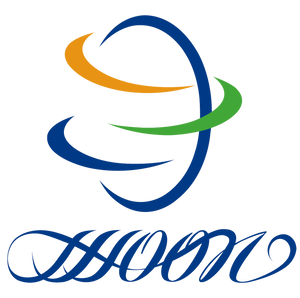
Unlike other conventional artificial turf products, the requirements for wall artificial turf are generally limited to low heights. A denser lawn with a higher density. And because it is used on the wall, we generally do not recommend high-quality artificial turf that is too expensive. Because relatively speaking, wall artificial turf is more of a visual effect for the viewer, for wear resistance. The seismic performance requirements are almost zero.
Surrounding lawns, wall lawns, and wall greens all use artificial turf for greening. It is mainly promoted in municipal construction, greening of road construction and advertising background wall. Walls and enclosures are now popular with lawns for greening. I don't know who's creative, but I have to say that this idea is really good. In addition to the basic greening function, noise can be reduced. Driving a car, you can see a piece of green when you look up at random, and you can calm down a lot.
Types of artificial turf in the landscape:
1. Basic greening. The height is about 10mm. If I have to use a word to describe it, I can think of a brush, because the lawn is a very uniform brush, and the grass is wider. This lawn advantage is low in price and suitable for large areas. The bad thing to say is that the degree of simulation is worse and it seems to be more fake.
2. Simulate artificial turf. . The height is about 20mm, the straight structure is high, and the simulation degree is high. The artificial artificial turf draws on the consistent characteristics of the leisure turf, and the curved silk is mixed and woven without missing the black bottom below. Whether you look at it or look far, the effect is comparable to that of a real lawn. Suitable for small areas and delicate shapes.
3. Plastic plants. In fact, plastic plants and lawns are two different products, which are reflected in the appearance, workmanship, size and method of use.





